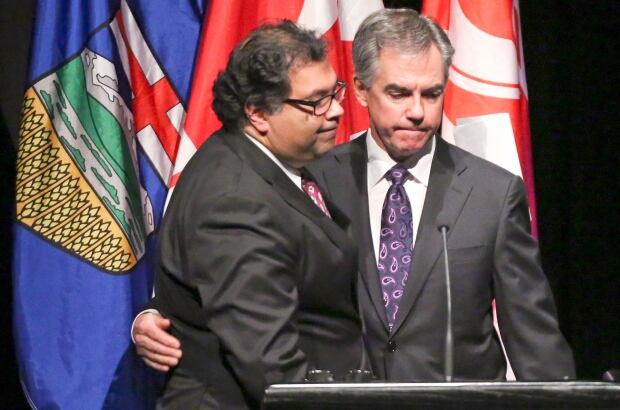16 Oct 2016
Lethbridge Herald
STEPHANIE LABBE — SOUTHERN ALBERTA NEWSPAPERS
GRANT HUNTER STAGED NUMEROUS MEETINGS
Grant Hunter, MLA for Cardston-Taber-Warner, has been hearing the concerns from his constituents.
Wildrose MLA Hunter held meetings at the beginning of September in Cardston, Warner, Milk River, Coutts, Magrath and Raymond to hear what the public’s concerns are, so he can bring them to the Legislature.
The meetings went well, says Hunter and he was interested to hear the different concerns of the people.
A lot of people were asking him questions about the carbon tax, the implications of increasing minimum wage and how it’s going to affect their businesses.
As well, some of the seniors were asking about the new Seniors Home Adaptation and Repair Program (SHARP).
“It was actually … very good to be able to meet with the constituents and get some feedback on them from what they feel is going on,” adds Hunter.
Hunter says he likes to hold these meetings in most of the different communities within his constituency every six to eight months or so.
He wants to keep up to date with what the people in his constituency want to see happen as well as their specific concerns.
When it comes to the SHARP program, Hunter says he talks to the seniors about how they can qualify for that and if they might qualify and he talks to the seniors about the program and its benefits.
He adds probably nine out of 10 people he spoke with said the Wildrose and Progressive Conservatives should unite, so Hunter says it is interesting that high of a number of people said they need to get together with the PC party.
At some of the meetings there were only a couple of people while others had better attendance. All of the meetings were done on a drop-in basis.
This month, Hunter says they are going back to the Legislature to discuss the revisions to the Municipal Government Act coming out, which is Bill 21.
“We’ve heard some good information from the reeves and mayors … at the reeves and mayors meeting that we have and so they’ve given us … ideas about maybe some amendments that should be brought forward,” he adds.







